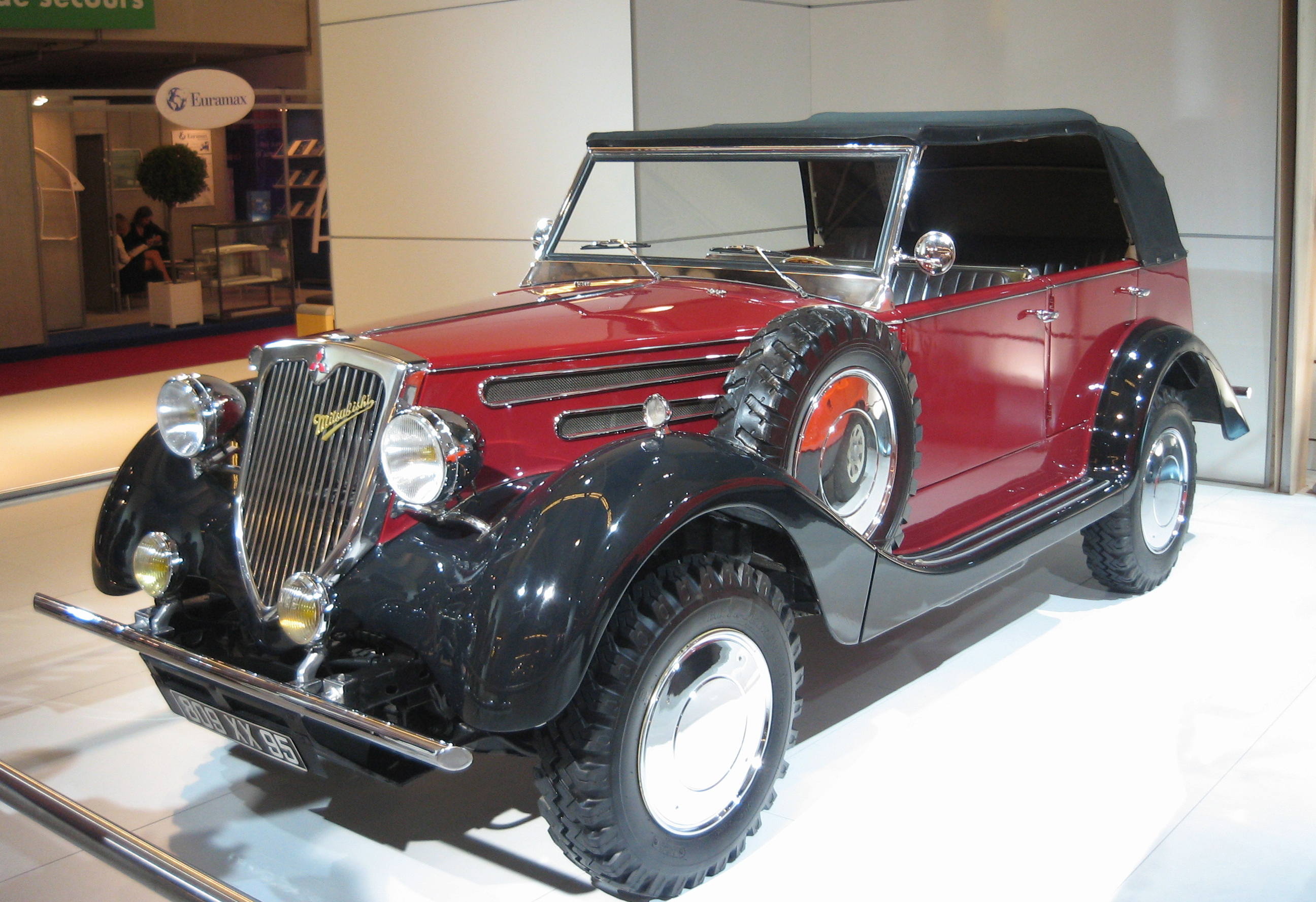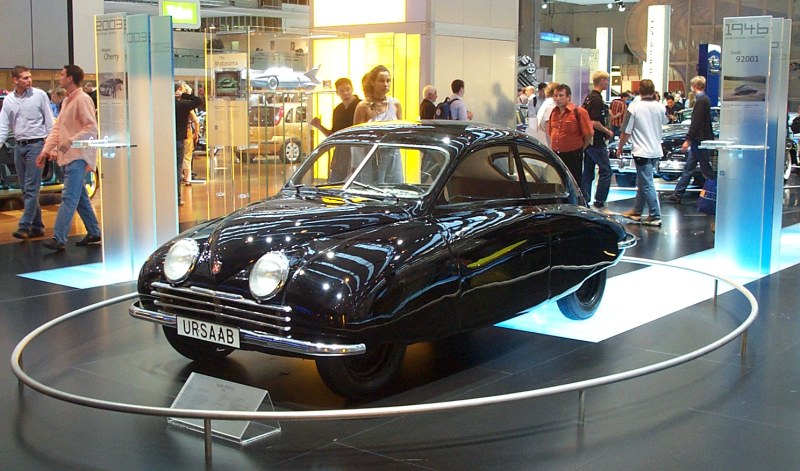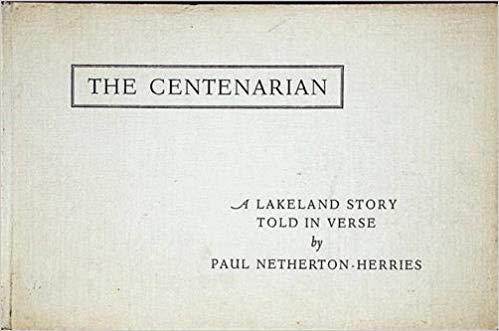|
Mitsubishi Astron Engine
The Mitsubishi Astron or 4G5/4D5 engine, is a series of Inline-four engine, straight-four internal combustion engines first built by Mitsubishi Motors in 1972. Engine displacement ranged from 1.8 to 2.6 litres, making it one of the largest four-cylinder engines of its time. Design It employed a hemispherical cylinder head, roller chain, chain-driven SOHC, single overhead camshaft (SOHC) and eight poppet valve, valves (two per cylinder). United States passenger car versions had a small secondary intake valve referred to as the "Jet Valve". This valve induced swirl in the intake charge, enabling the use of leaner fuel/air mixtures for lower emissions. It was designed as a cartridge containing the valve spring and seat which simply screwed into a threaded hole in the head, similar to a spark plug but inside the cam cover. The rocker arms for the intake valve were widened on the valve end to accommodate the cartridge, which was equipped with a very soft valve spring in order to avoid we ... [...More Info...] [...Related Items...] OR: [Wikipedia] [Google] [Baidu] |
Mitsubishi Motors
is a Japanese Multinational corporation, multinational Automotive industry, automobile manufacturer headquartered in Minato, Tokyo, Japan.Corporate Profile , Mitsubishi Motors website, 19 June 2008 In 2011, Mitsubishi Motors was the sixth-largest Japanese automaker and the 19th-largest worldwide by production. Since October 2016, Mitsubishi has been one-third (34%) owned by Nissan, and included in the Renault–Nissan–Mitsubishi Alliance. Besides being part of the Renault–Nissan–Mitsubishi Alliance, it is also a part of Mitsubishi Group, Mitsubishi ''keiretsu'', formerly the biggest industrial group in Japan. The company was originally formed in 1970 from the automotive division of Mitsubishi Heavy Industries. [...More Info...] [...Related Items...] OR: [Wikipedia] [Google] [Baidu] |
Engine Displacement
Engine displacement is the measure of the cylinder volume swept by all of the pistons of a piston engine, excluding the combustion chambers. It is commonly used as an expression of an engine's size, and by extension as an indicator of the power (through mean effective pressure and rotational speed) an engine might be capable of producing and the amount of fuel it should be expected to consume. For this reason displacement is one of the measures often used in advertising, as well as regulating, motor vehicles. It is usually expressed using the metric units of cubic centimetres (cc or cm3, equivalent to millilitres) or litres (l or L), orparticularly in the United States cubic inches (CID, cu in, or in3). Definition The overall displacement for a typical reciprocating piston engine is calculated by multiplying together three values; the distance travelled by the piston (the stroke length), the circular area of the cylinder, and the number of cylinders in the whole e ... [...More Info...] [...Related Items...] OR: [Wikipedia] [Google] [Baidu] |
Timing Belt (camshaft)
In a piston engine, either a timing belt (also called a ''cambelt'') or timing chain or set of timing gears is a perishable component used to synchronize the rotation of the crankshaft and the camshaft. This synchronisation ensures that the engine's valves open and close at the correct times in relation to the position of the pistons. Design In most piston engines, the camshaft(s) are mechanically connected to the crankshaft. The crankshaft drives the camshaft (via a timing belt, timing chain or gears), which in turn actuates the intake and exhaust valves. These valves allow the engine to inhale air (or an air/fuel mixture) and exhale the exhaust gasses. The most common devices to transfer the drive are toothed rubber belts, metal timing chains or a set of gears. The teeth of the belt/chain/gears mesh with both the crankshaft and camshaft(s), thereby synchronising their motion. In many older overhead valve engines, the camshaft is located in the block near the crankshaft, th ... [...More Info...] [...Related Items...] OR: [Wikipedia] [Google] [Baidu] |
Porsche
Dr. Ing. h.c. F. Porsche AG, usually shortened to Porsche (; see below), is a German automobile manufacturer specializing in luxury, high-performance sports cars, SUVs and sedans, headquartered in Stuttgart, Baden-Württemberg, Germany. The company is owned by Volkswagen AG, a controlling stake of which is owned by Porsche Automobil Holding SE, usually shortened to Porsche SE. Porsche's current lineup includes the 718, 911, Panamera, Macan, Cayenne and Taycan. The origins of the company date to the 1930s when German Bohemian automotive engineer Ferdinand Porsche founded Porsche with Adolf Rosenberger, a keystone figure in the creation of German automotive manufacturer and Audi precursor Auto Union, and Austrian businessman Anton Piëch, who was, at the time, also Ferdinand Porsche's son in law. In its early days, it was contracted by the German government to create a vehicle for the masses, which later became the Volkswagen Beetle. After World War II, when Ferd ... [...More Info...] [...Related Items...] OR: [Wikipedia] [Google] [Baidu] |
Saab Automobile
Saab Automobile AB () was a automotive industry, car manufacturer that was founded in Sweden in 1945 when its parent company, Saab AB, began a project to design a small automobile. The first production model, the Saab 92, was launched in 1949. In 1968, the parent company merged with Scania-Vabis, and ten years later the Saab 900 was launched, in time becoming Saab's best-selling model. In the mid-1980s, the new Saab 9000 model also appeared. In 1989, the automobile division of Saab-Scania was restructured into an independent company, Saab Automobile AB. The American manufacturer General Motors (GM) took 50 percent ownership. Two well-known models to come out of this period were the Saab 9-3 and the Saab 9-5. Then, in 2000, GM exercised its option to acquire the remaining 50 percent. In 2010, GM sold Saab Automobile AB to the Dutch automobile manufacturer Spyker Cars N.V. After many years establishing a sound engineering reputation and ultimately a luxury car, luxury price tag, ... [...More Info...] [...Related Items...] OR: [Wikipedia] [Google] [Baidu] |
Lancia
Lancia Automobiles S.p.A. () is an Italian car manufacturer and a subsidiary of Stellantis Europe, which is the European subsidiary of Stellantis. The present legal entity of Lancia was formed in January 2007 when its corporate parent reorganised its businesses, but its history is traced back to ''Lancia & C.'', a manufacturing concern founded in 1906 in Turin, Torino by Vincenzo Lancia (1881–1937) and Claudio Fogolin. It became part of Fiat in 1969. The brand is known for its strong rallying heritage, and technical innovations such as the Vehicle frame#Unibody, unibody chassis of the 1922 Lancia Lambda, Lambda and the five-speed gearbox introduced in the 1948 Lancia Ardea, Ardea. Despite not competing in the World Rally Championship since 1992, Lancia still holds more List of World Rally Championship Constructors' champions, Manufacturers' Championships than any other brand. Sales of Lancia-branded vehicles declined from over 300,000 annual units sold in 1990 to less than 100 ... [...More Info...] [...Related Items...] OR: [Wikipedia] [Google] [Baidu] |
Fiat
Fiat Automobiles S.p.A., commonly known as simply Fiat ( , ; ), is an Italian automobile manufacturer. It became a part of Fiat Chrysler Automobiles in 2014 and, in 2021, became a subsidiary of Stellantis through its Italian division, Stellantis Europe. Fiat Automobiles was formed in January 2007 when Fiat S.p.A. reorganized its automobile business, and traces its history back to 1899, when the first Fiat automobile, the Fiat 4 HP, was produced. Fiat Automobiles is the largest automobile manufacturer in Italy. During its more than century-long history, it remained the largest automobile manufacturer in Europe and the third in the world after General Motors and Ford Motor Company, Ford for over 20 years, until the car industry crisis in the late 1980s. In 2013, Fiat S.p.A. was the second-largest European automaker by volumes produced and the Automotive industry, seventh in the world, while FCA was the world's eighth-largest automaker. In 1970, Fiat Automobiles employed more th ... [...More Info...] [...Related Items...] OR: [Wikipedia] [Google] [Baidu] |
Frederick Lanchester
Frederick William Lanchester (23 October 1868 – 8 March 1946), was an English polymath and engineer who made important contributions to automotive engineering and to aerodynamics, and co-invented the topic of operations research. Lanchester became a pioneer British motor-car builder, a hobby which resulted in him building the first British car in 1895 and developing a successful car company. Some of the innovations Lanchester developed have gone on to become widely adopted in the car industry. Biography Lanchester was born in St John's Wood, London to Henry Jones Lanchester (1834–1914), an architect, and his wife Octavia (1834–1916), a tutor of Latin and mathematics. He was the fourth of eight children; his older brother Henry Vaughan Lanchester also became an architect; his younger sister Edith Lanchester was a socialist and suffragette; and his brothers George Herbert Lanchester and Frank joined him in forming the Lanchester Motor Company. When he was a year ol ... [...More Info...] [...Related Items...] OR: [Wikipedia] [Google] [Baidu] |
Balance Shaft
Balance shafts are used in piston engines to reduce vibration by cancelling out unbalanced dynamic forces. The counter balance shafts have eccentric weights and rotate in the opposite direction to each other, which generates a net vertical force. The balance shaft was invented and patented by British engineer Frederick W. Lanchester in 1907. It is most commonly used in inline-four and V6 engines used in automobiles and motorcycles. Overview The operating principle of a balance shaft system is that two shafts carrying identical eccentric weights rotate in opposite directions at twice the engine speed. The phasing of the shafts is such that the centrifugal forces produced by the weights cancel the vertical second-order forces (at twice the engine RPM) produced by the engine. The horizontal forces produced by the balance shafts are equal and opposite, and so cancel each other. The balance shafts do not reduce the vibrations experienced by the crankshaft. Applications Two-c ... [...More Info...] [...Related Items...] OR: [Wikipedia] [Google] [Baidu] |
Rocker Arm
A rocker arm is a valvetrain component that typically transfers the motion of a pushrod in an overhead valve engine, overhead valve internal combustion engine to the corresponding intake/exhaust poppet valve, valve. Rocker arms in automobiles are typically made from stamped steel, or aluminum in higher-revving applications. Some rocker arms (called ''roller rockers'') include a bearing at the contact point, to reduce wear and friction there. Overview The most common use of a rocker arm is to transfer the up and down motion of a pushrod in an overhead valve engine, overhead valve (OHV) internal combustion engine to the corresponding intake/exhaust poppet valve, valve. In an OHV engine the camshaft located within the engine block below the cylinder bank(s) pushes the pushrod upwards. The top of the pushrod presses upwards on one side of the rocker arm located at the top of the cylinder head, which causes the rocker arm to pivot downward on the top of the valve, opening it. To redu ... [...More Info...] [...Related Items...] OR: [Wikipedia] [Google] [Baidu] |
Spark Plug
A spark plug (sometimes, in British English, a sparking plug, and, colloquially, a plug) is a device for delivering electric current from an ignition system to the combustion chamber of a spark-ignition engine to ignite the compressed fuel/air mixture by an electric spark, while containing combustion pressure within the engine. A spark plug has a metal threaded shell, electrically isolated from a central electrode by a ceramic insulator. The central electrode, which may contain a resistor, is connected by a heavily insulated wire to the output terminal of an ignition coil or magneto. The spark plug's metal shell is screwed into the engine's cylinder head and thus electrically grounded. The central electrode protrudes through the porcelain insulator into the combustion chamber, forming one or more spark gaps between the inner end of the central electrode and usually one or more protuberances or structures attached to the inner end of the threaded shell and designated the ''si ... [...More Info...] [...Related Items...] OR: [Wikipedia] [Google] [Baidu] |
Poppet Valve
A poppet valve (also sometimes called mushroom valve) is a valve typically used to control the timing and quantity of petrol (gas) or vapour flow into or out of an engine, but with many other applications. It consists of a hole or open-ended chamber, usually round or oval in cross-section, and a plug, usually a disk shape on the end of a shaft known as a valve stem. The working end of this plug, the valve face, is typically ground at a 45° bevel to seal against a corresponding valve seat ground into the rim of the chamber being sealed. The shaft travels through a valve guide to maintain its alignment. A pressure differential on either side of the valve can assist or impair its performance. In exhaust applications higher pressure against the valve helps to seal it, and in intake applications lower pressure helps open it. Etymology The word poppet shares etymology with "puppet": it is from the Middle English ''popet'' ("youth" or "doll"), from Middle French ''poupette'', whic ... [...More Info...] [...Related Items...] OR: [Wikipedia] [Google] [Baidu] |










